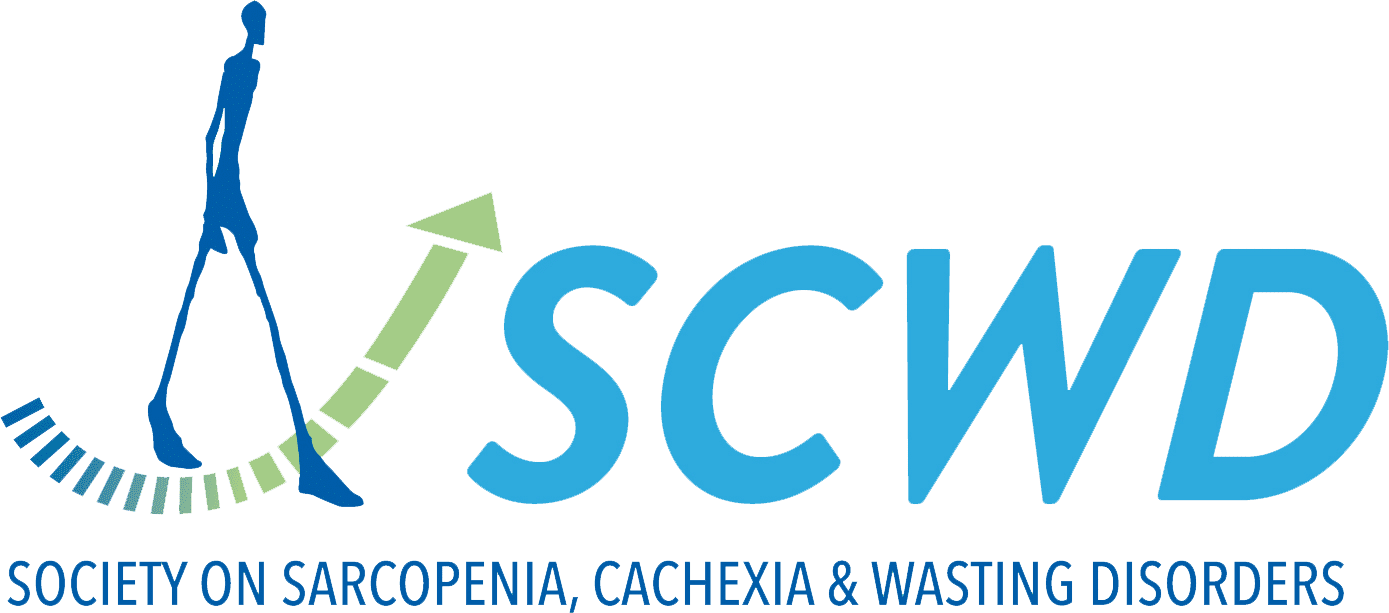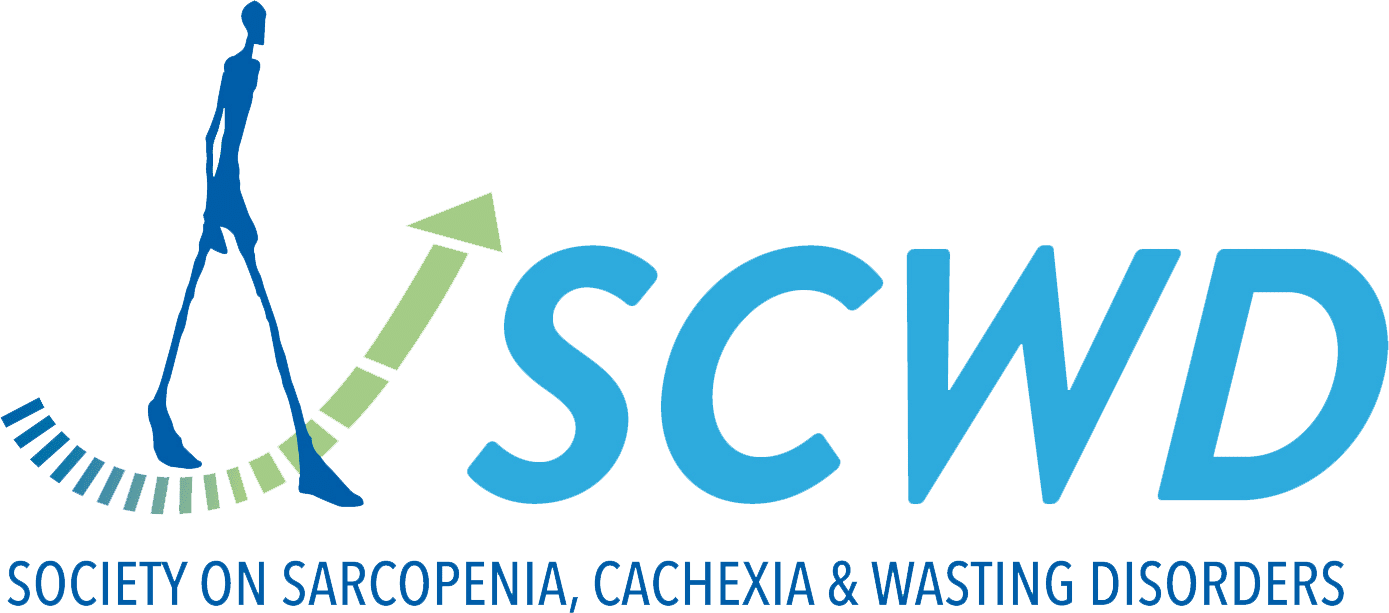Review of the endocrine organ-like tumour hypothesis of cancer cachexia in pancreatic ductal adenocarcinoma
Article: Review of the endocrine organ-like tumour hypothesis of cancer cachexia in pancreatic ductal adenocarcinoma
Pancreatic ductal adenocarcinoma, PDAC, is one of the most fatal types of solid tumours. It is also linked to a high prevalence of cachexia, with around 80% of PDAC patients exhibiting cachexia. There is one hypothesis, the endocrine organ–like tumour hypothesis, which aims to explain the reasons behind cancer cachexia occurring during pancreatic ductal adenocarcinoma. Some of the reasons include metabolites, epigenetic changes, hormonal disturbance and genetic instability may be behind the development of cancer cachexia. Generally, the belief is held that metabolic disruption is the process behind cachexia development, but it is also believed there is not one single factor that triggers it.
This review by Yu Y et al aimed to synthesise an understanding of cancer cachexia development and the response of cachexia to current available treatments.
Key learnings It is clear that cancer cachexia and pancreatic ductal adenocarcinoma are systemic diseases, caused and affected by a variety of factors. Specifically, there are believed to be metabolic disruptions, caused by many factors, including epigenetic changes. Further understanding is necessary so that an FDA-approved agent can be created to treat cachexia, as one currently does not exist.
Reviewed by: Z. Beketova
Authors: Yu Y, Ahmed A, Lai H, et al.
Published in: Front Oncol 2022


